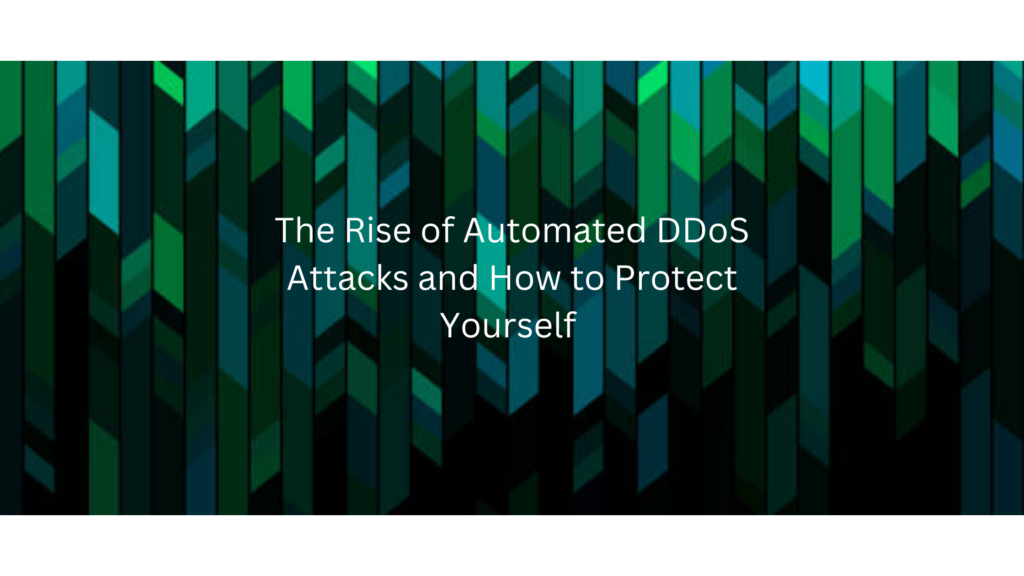Automated DDoS (Distributed Denial of Service) attacks are on the rise, as attackers use botnets and other tools to flood a targeted website or online service with traffic, making it unavailable to legitimate users. These attacks can be difficult to protect against, as the traffic comes from multiple sources and can be difficult to distinguish from legitimate traffic.
To protect yourself from DDoS attacks, you can use a DDoS protection service, which can filter out malicious traffic before it reaches your website or online service. Additionally, you can implement rate limiting, which sets a limit on the number of requests a user can make in a given period of time, and IP blocking, which blocks traffic from known malicious IP addresses.
Another way to protect yourself is to use a Content Delivery Network (CDN) which caches your website’s content on servers around the world so that users can access your site from a nearby server, rather than from your own servers, which reduces the load on your servers during a DDoS attack.
It’s also important to keep your website and server software up-to-date, since attackers often target known vulnerabilities in older software. Additionally, you should regularly monitor your network and server logs for signs of a DDoS attack, such as a sudden increase in traffic from a specific IP address or a pattern of failed login attempts.
There are several ways to protect against DDoS (Distributed Denial of Service) attacks:
DDoS protection service: A DDoS protection service uses various techniques such as traffic filtering and traffic shaping to identify and block malicious traffic before it reaches your website or online service.
Cloud-based solution: Cloud-based solutions offer DDoS protection as a service and provide automatic protection for your website or online service.
Network hardware solution: You can also use network hardware such as an on-premise DDoS solution to protect against DDoS attacks. These devices can provide accurate and fast detection and block malicious traffic effectively.
Traffic rate limiting: You can also implement rate limiting, which sets a limit on the number of requests a user can make in a given period of time, to prevent a single IP address or user from overwhelming your servers with too many requests.
IP blocking: IP blocking can be used to block traffic from known malicious IP addresses.
Keep software updated: It’s important to keep your website and server software up-to-date to prevent attackers from exploiting known vulnerabilities.
Regular monitoring: Regularly monitor your network and server logs for signs of a DDoS attack, such as a sudden increase in traffic from a specific IP address or a pattern of failed login attempts.
It’s important to note that DDoS attacks are constantly evolving and attackers are finding new ways to bypass protection, so it’s important to keep your protection strategies up-to-date as well.
Overall, DDoS attacks are difficult to protect against, but with a combination of the above methods, you can reduce the risk and limit the impact of an attack.
If you are looking for a commercial solution that can do all the above – on-premise hardware or DDoS protection service, Haltdos solutions can help.
For more information, speak to one of our sales executive and book your demo.
Email: sales@haltdos.com




